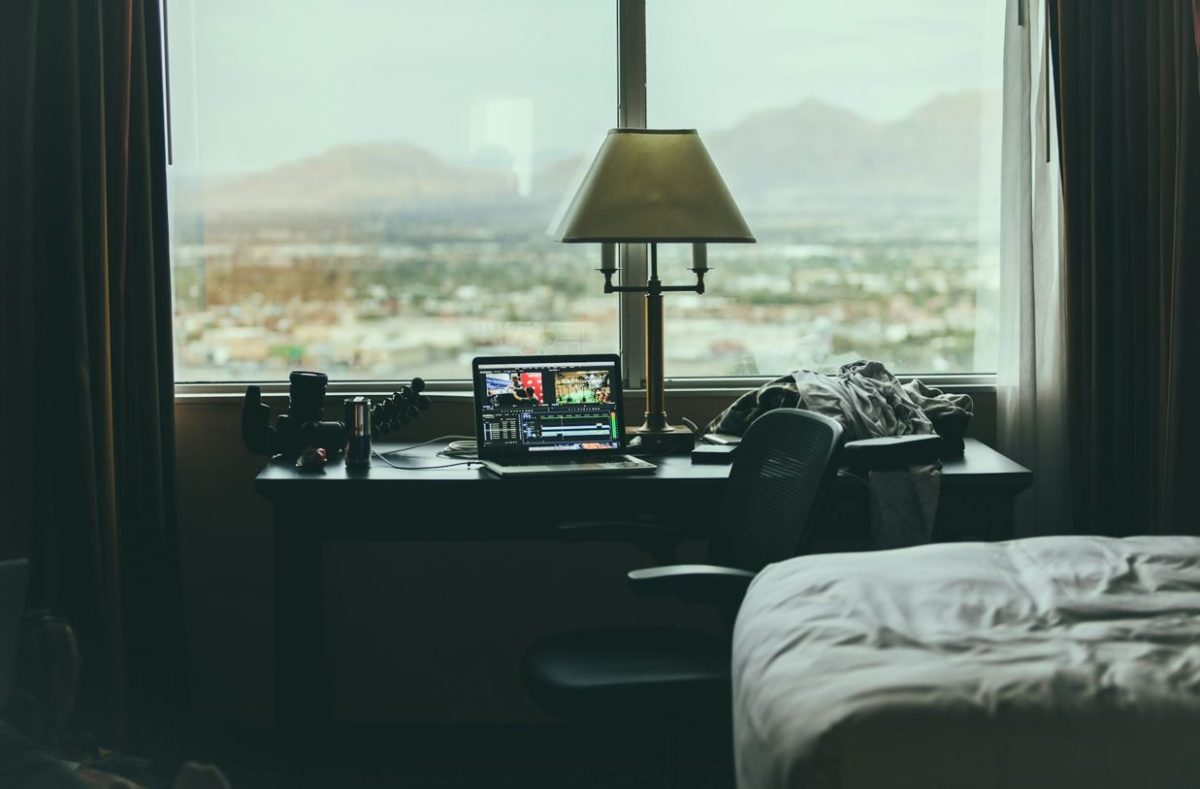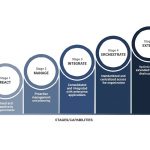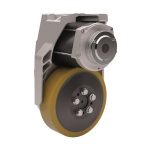Technology has rewritten much of hospitality. It helps automate check-ins, personalize guest stays, optimize staffing, and yet behind that bright promise lies a gnarly set of challenges.
For hotel managers, putting technology to work often means juggling complexity, uncertainty, and shifting expectations.
These days, the hotel manager isn’t just an operations pro, they are a hybrid: part technologist, part strategist, part people leader. They need to keep the front desk humming while also steering data pipelines, integrating systems, and making sure every tool aligns with guest delight. No small feat.
Let’s walk through six of the biggest tech challenges hotel managers face today, along with real stats and examples, and talk about how to get ahead.
1. The Tech Stack Puzzle: Too Many Disconnected Pieces
One of the most persistent frustrations is a fragmented technology ecosystem. Hotels often end up with a patchwork of systems:
- A PMS (Property Management System) from Vendor A
- A CRM from Vendor B
- A separate housekeeping module
- Chatbots or guest messaging from a third vendor
- A revenue management tool from yet another provider
These systems may have APIs or partial integrations, but they rarely talk smoothly. The result? Data silos, reconciliation nightmares, and staff jumping between dashboards.
Example: A guest books a suite and indicates a pillow preference via your brand’s mobile app (CRM), but the housekeeping team doesn’t see that note because their system doesn’t sync. You lose the “wow” in service.
In fact, 62 % of hotels report that they are moving toward fully contactless or mobile-based guest interactions in 2025, which requires strong backend integration to avoid fragmentation. (Escoffier)
The cure isn’t simple. Some hotels try to standardize on a unified “platform of record” (one vendor that covers PMS, CRM, guest messaging, etc.). Others build middleware or integration layers. But both approaches demand planning, IT budget, and patience.

2. Innovation Overload: Too Many New Tools, Too Fast
Hotel tech evolves at a breakneck pace. Every quarter sees new AI-driven offerings: chatbot upgrades, upsell engines, voice assistants, guest analytics, predictive housekeeping, you name it.
For a manager, this means constantly evaluating new tools. But each evaluation costs time, and deploying one tool can disrupt existing systems or workflows. Especially for smaller hotels with limited tech teams, staying on top of it all feels like drinking from a firehose.
To make this more concrete: say a vendor promises a dynamic upsell engine that suggests spa packages during booking. Sounds great. But if that engine doesn’t sync with your PMS, or overrides your yield management logic, you may end up losing revenue or confusing guests.
Smart approach: pilot small, test in one property, and measure impact (incremental revenue, guest satisfaction) before scaling. And maintain a dashboard of “tech debt” so the team knows when to retire older tools.
3. Training and Adoption: Tools Only Work When People Use Them Right
We tend to think, “buy the tool, problem solved.” But tools without adoption are worthless. Front-line teams, from receptionists to housekeeping to guest services, touch multiple systems in a shift. If training is shallow, inconsistent or infrequent, errors creep in.
Even top brands struggle: transient staff, language barriers, turnover and shift work all complicate deep, ongoing training.
Example: A front-desk clerk uses a mobile check-in app but forgets to flag a “late arrival” notification to room operations. The guest arrives to a cold, dark room. The tool didn’t fail—the human integration did.
Savvy hotels combat this by embedding tech training into core workflows:
- Integrating system training into new-staff orientation alongside service standards
- Running micro-refreshers (5–10 minute practice drills) before shifts
- Offering scenario-based quizzes or role-play to reinforce real use cases
- Appointing “tech champions” on each shift who support teammates
The point is: tools only deliver when people know how—and why—to use them. The best hotel managers don’t just introduce new systems; they cultivate confidence, curiosity, and consistency in their teams. For future leaders in hotel management, striking a balance between technology and human interaction is essential.
4. Data Privacy & Cybersecurity: The Stakes Are Rising
Here’s where it gets nerve-wracking. Hotels collect a trove of sensitive data: guest names, loyalty numbers, credit card info, travel patterns, preferences. That makes hospitality a juicy target.
- The average cost of a data breach in the hospitality sector rose from $3.62 million in 2023 to $3.86 million in 2024. (Help Net Security)
- 31 % of hospitality organizations report having experienced a data breach at some point. (com)
- One recent report found over 14,000 publicly exposed vulnerabilities in hospitality systems, with 61.5 % of initial attack attempts using these gaps. (com)
Example: In 2018, Marriott’s breach affected up to 500 million guest records across its Starwood system. It exposed names, passport numbers, emails, travel histories — the fallout lasted years. (Hospitality Net)
Managers must demand more than lip service on security. They need to:
- Vet vendor security practices and require third-party penetration testing
- Segment networks (guest WiFi, staff systems, payment systems)
- Require multi-factor authentication everywhere
- Run regular drills and tabletop scenarios
- Ensure incident response plans are ready to roll
Security can’t be an “IT-only” domain. It needs to be baked into operations, procurement, training and executive oversight.

5. Aligning Tech With the Guest Journey
Any tool you adopt should help the guest, not hinder them. Too often, hotels deploy new tech in isolation, without thinking through how guests move from booking to arrival, stay and post-stay follow-up.
Take upselling tools. If a system keeps pushing spa packages at odd times (say early in the morning while the guest is asleep), it irritates rather than helps. Or a digital check-in flow that’s too clunky may lead guests to call the front desk anyway.
Example: A city hotel implemented keyless mobile room entry, but the guest app slowed in areas with poor WiFi. Guests ended up waiting at the lobby desk anyway. That disconnect eroded trust.
Hotel managers must map out the guest journey, annotate pain points, and only deploy tech that smooths rather than interrupts. Every innovation should be guest-centered.
6. Budgets & Proving Return on Investment
Even the best tools need a green light. Many managers are asked to modernize systems but without increasing budget or staff. Ownership or brand leadership demand visible ROI: more revenue, lower costs or elevated guest ratings.
That gets tricky when benefits are diffuse: better guest sentiment, faster staff morale, fewer manual errors. These are tough to quantify.
Example: Suppose implementing predictive maintenance (sensors in HVAC units) avoids one major breakdown a year costing $20,000. That’s hard to justify unless you can tie it to warranty, staff costs, guest complaints etc.
Successful managers get ahead by:
- Establishing clear KPIs (e.g. average response time, guest satisfaction scores, cost per occupied room)
- Running pilot programs and comparing against control (rooms without the tech)
- Bundling tech upgrades into business cases (e.g. “If we reduce calls to front desk by 10 %, we save x hours/month”)
- Communicating wins internally—small wins build confidence for bigger investment
Putting It All Together: What Managers Can Do Now
Given all those challenges, what can hotel managers start doing immediately?
- Audit your stack — list every system in use, evaluate overlap or gaps, and plan a roadmap for integration.
- Pilot before scale — try new tools in one property or one department before rolling out broadly.
- Train relentlessly — embed micro-learning, refreshers, peer coaching and shadowing into daily operations.
- Make security explicit — demand vendor audits, network segmentation, MFA, incident plans, table-top drills.
- Measure what matters — pick guest-centered KPIs, and build a logic that connects tech to business outcomes.
- Champion cross-team communication — bring operations, tech, marketing, finance into one room to align on goals.
Final Thoughts
Tech doesn’t solve hospitality’s core challenge, delivering comfort, connection and delight, but misused, it can ruin it. The true skill of a modern hotel manager lies not just in adopting tools but in weaving them into service culture, empowering teams, and guiding change.
When hotel managers intentionally confront these six challenges, fragmentation, overload, adoption, security, guest alignment, and ROI, they become leaders rather than reactive implementers. And that’s how you build a tech-savvy, guest-first hotel that doesn’t just keep pace, it leads.
Author Bio: Chad Harwood-Jones is a writer specialising in technology, SaaS and contact centre innovation. He covers how digital transformation is reshaping industries from hospitality to customer experience, with a focus on the people, processes and platforms driving change.







